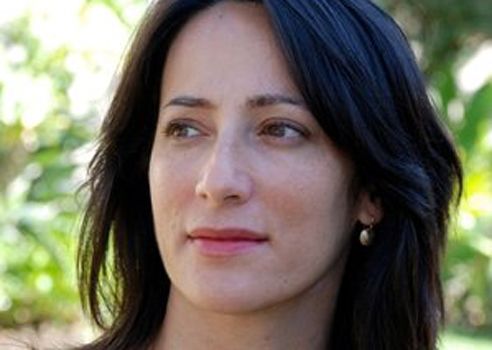Reading time: Less than 1 minute
I like to share interesting pieces of figurative language I encounter in my reading. I write today about similes and metaphors from American novelist Danzy Senna…
I can’t remember who recommended the 2017 Danzy Senna novel, New People, to me. A ‘best book of the year’ from the New York Times Book Review, the novel tells the story of two biracial 27-year-olds living together in late ’90s Brooklyn. Described by People Magazine as, “[a] cutting take on race and class…” the book offers both humour and sharp writing that makes it both a comedy and a morality tale.
But I also appreciated Senna’s figurative language. The daughter of a mixed race couple — her mother is poet and novelist Fanny Howe and her father black activist, poet and editor Carl Senna — Danzy didn’t fall far from the parental tree.
Here are my favourite examples of her figurative language from her latest book:
- She has decided all university campuses are alike — the sense of possibility and stasis. She thinks this to: all graduate students, if you look closely enough, exude the same aura of privilege and poverty.
- They are as tight-knit family as Maria has ever known. Their homeland is one another.
- She will pair it [a dress]with bright pink stockings and low-heeled boots. She lays all the pieces out on the bed like a paper doll outfit, the waste of the tights hidden beneath the skirt of the dress and the legs stretching down beneath the boots. It almost looks like a real person lying there.
- Her throat feels raw as if she has been in a primal scream workshop.
- She is beginning to understand that completion is not so much about reaching perfection as it is making the choice to look away from the material. What was it Khalil used to say when he couldn’t finish a paper in college? Be a completionist, not a perfectionist.
An earlier version of this post first appeared on my blog on July 26/18.
[Photo credit: Simone Carmichael. Cropped. Licensed under the Creative Commons Attribution-Share Alike 4.0 International license.]


